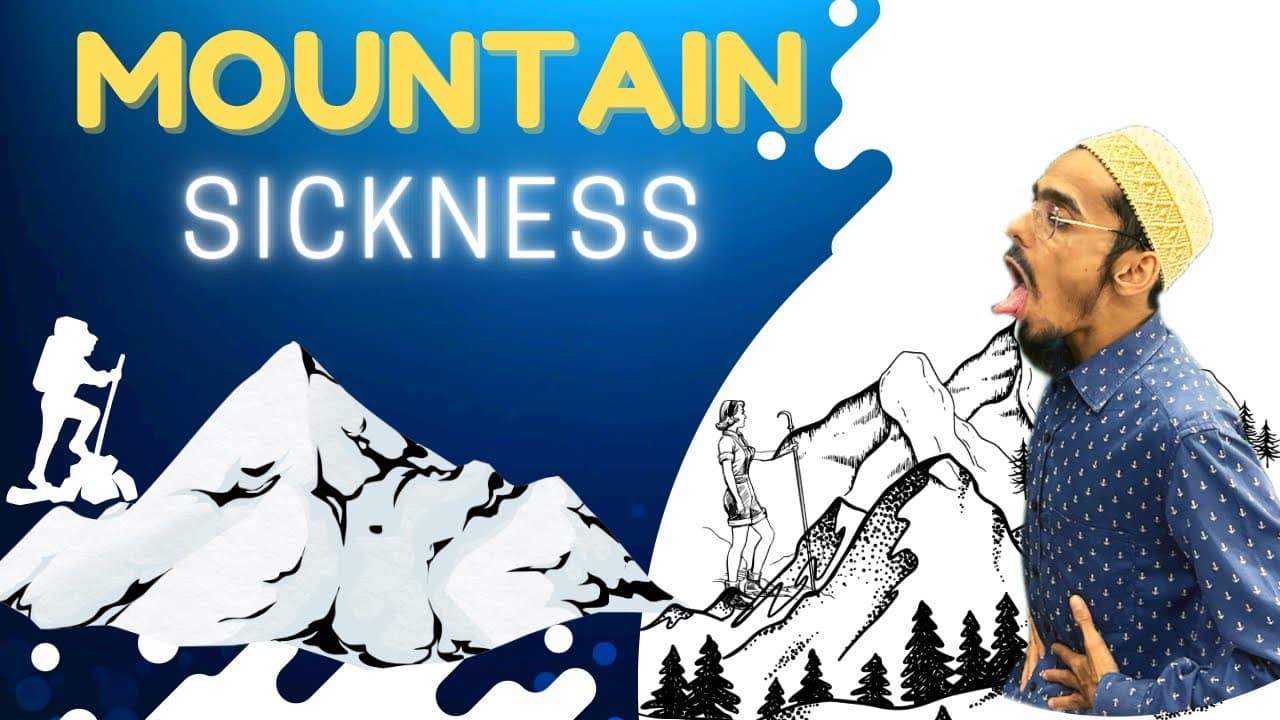Introduction: Mountain Sickness and its Treatment
Mountain sickness, also known as altitude sickness, is a condition that can affect individuals who ascend to high altitudes too quickly.
As thrilling as mountain adventures may be, the risk of experiencing acute mountain sickness (AMS) should not be underestimated.
This article delves into the reasons behind mountain sickness, its symptoms, and effective treatments to ensure a safer and more enjoyable high-altitude experience.
Causes:
The primary cause of mountain sickness is the reduced oxygen levels at higher elevations. As one ascends to altitudes above 2,500 meters (8,200 feet), the air pressure decreases, leading to a drop in oxygen availability. This decrease in oxygen can result in a range of symptoms as the body struggles to adapt to the lower oxygen saturation.
Symptoms of AMS:
- Headache: One of the earliest and most common symptoms of AMS is a persistent headache. This occurs due to the brain’s sensitivity to changes in oxygen levels.
- Nausea and Vomiting: AMS may also manifest as feelings of nausea and, in severe cases, vomiting. These symptoms are often accompanied by a lack of appetite.
- Fatigue: Individuals experiencing mountain sickness may feel unusually tired and lethargic, even after minimal physical exertion.
- Dizziness and Lightheadedness: The reduced oxygen supply can lead to dizziness and a feeling of lightheadedness, making simple tasks more challenging.
- Shortness of Breath: As the body attempts to compensate for the lower oxygen levels, individuals may experience shortness of breath, especially during physical activities.
Treatment of Mountain Sickness:
- Gradual Acclimatization: The most effective way to prevent mountain sickness is to ascend gradually. This allows the body to acclimatize to the reduced oxygen levels, decreasing the risk of AMS.
- Hydration: Staying well-hydrated is crucial at high altitudes. Adequate fluid intake helps the body adjust to the lower oxygen levels and reduces the severity of symptoms.
- Medications: In some cases, medications such as acetazolamide may be prescribe to help alleviate symptoms.
- Descend if Necessary: If symptoms persist or worsen, descending to lower altitudes is the most effective and immediate treatment for mountain sickness.
- Oxygen Therapy: In severe cases, supplemental oxygen may be administer to relieve symptoms and prevent further complications.
Mountain sickness is a real concern for those venturing into high-altitude environments.
Understanding its causes, recognizing symptoms, and adopting preventive measures are essential for a safer and more enjoyable mountain experience.
And taking necessary precautions will go a long way in mitigating the risks associated with altitude sickness.
Remember, the key to conquering the heights lies in respecting the body’s need for adaptation and acclimatization.
